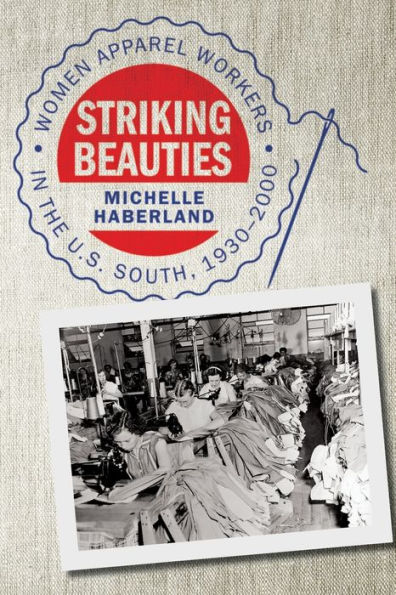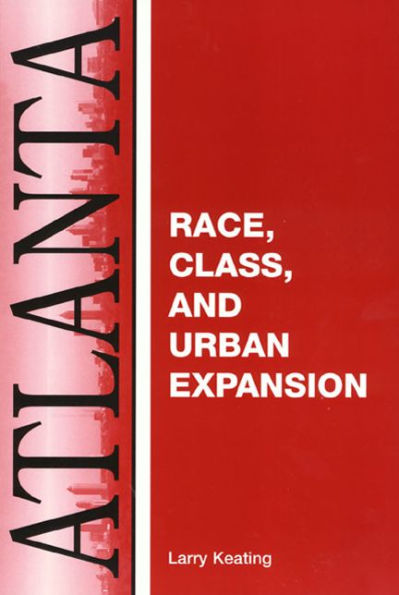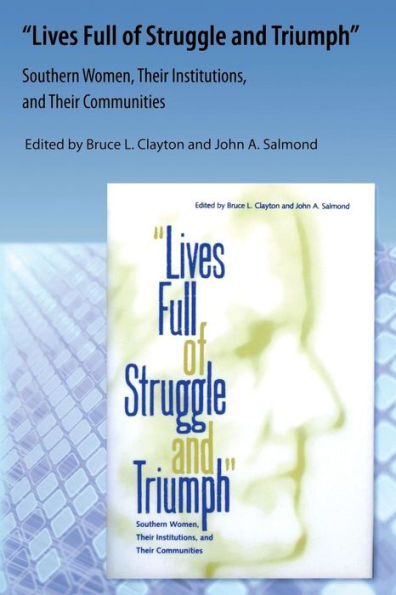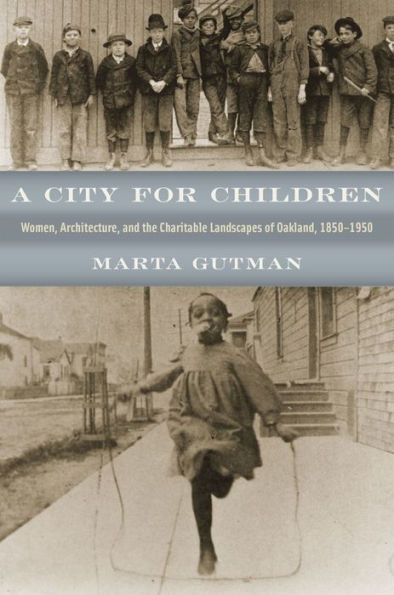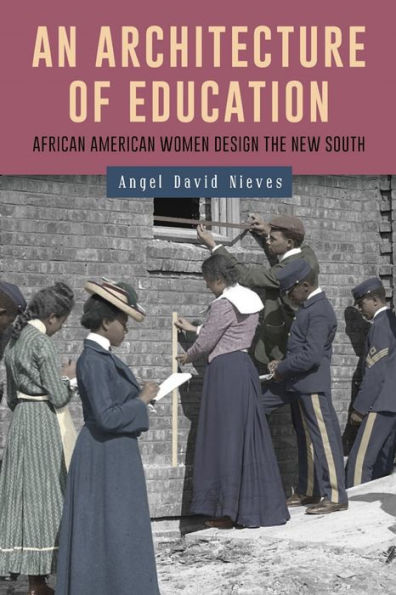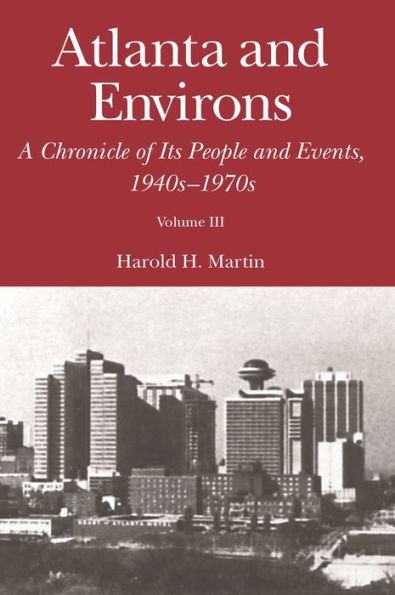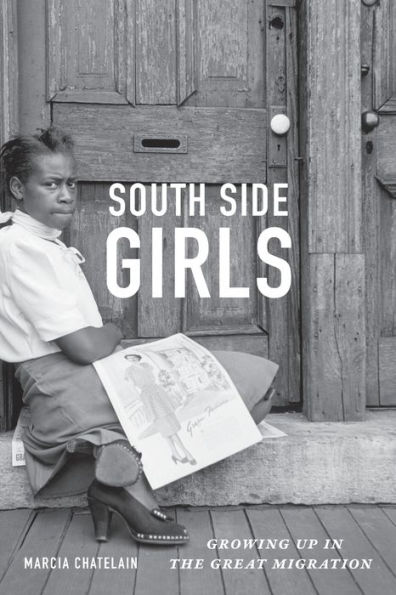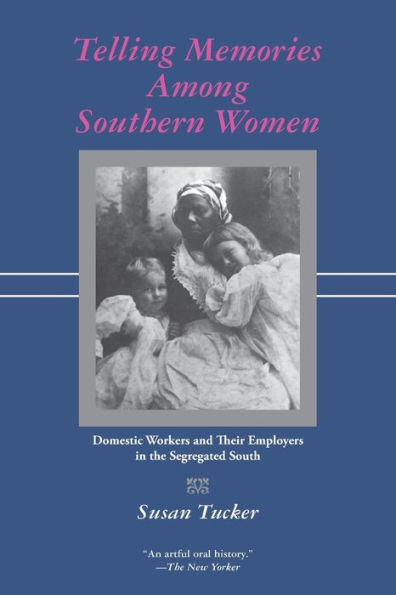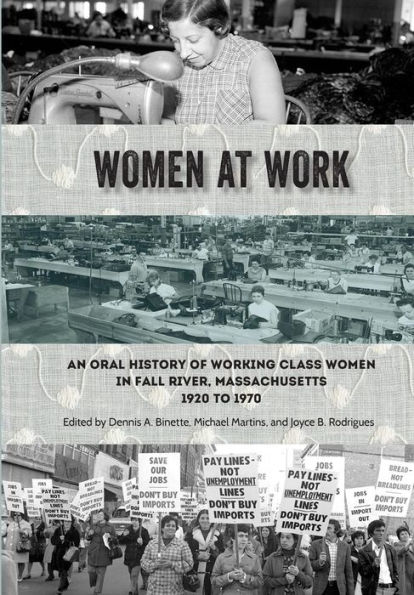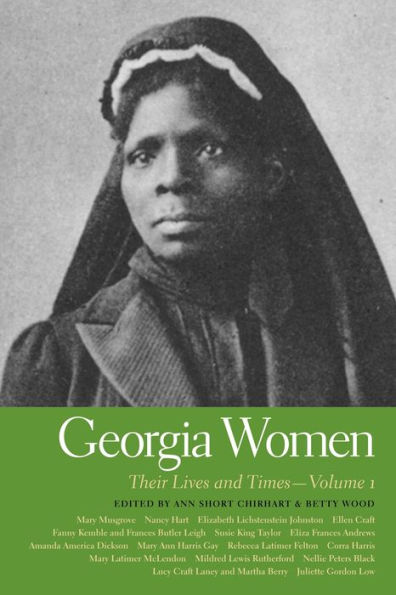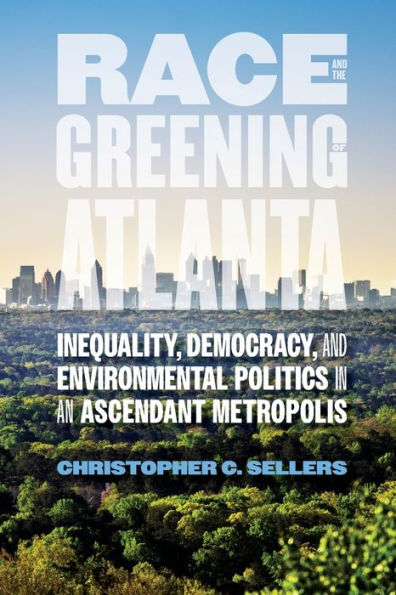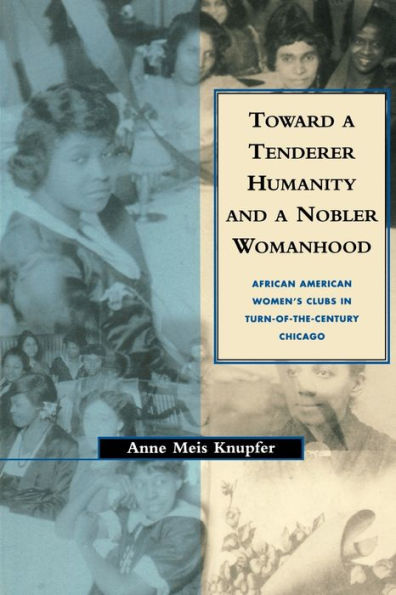Home
Hope and Danger in the New South City: Working-Class Women and Urban Development in Atlanta, 1890-1940


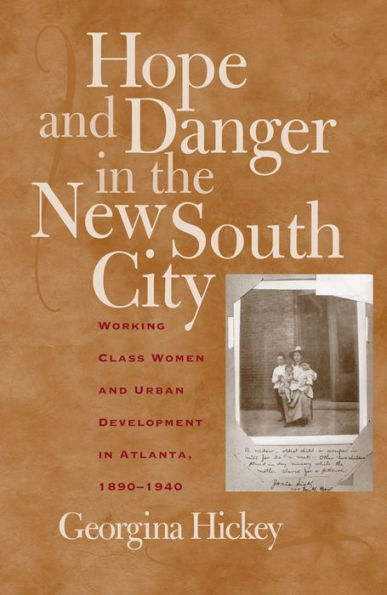
Hope and Danger in the New South City: Working-Class Women and Urban Development in Atlanta, 1890-1940
Current price: $32.95
Loading Inventory...
Size: OS
For Atlanta, the early decades of the twentieth century brought chaotic economic and demographic growth. Women—black and white—emerged as a visible new component of the city's population. As maids and cooks, secretaries and factory workers, these women served the "better classes" in their homes and businesses. They were enthusiastic patrons of the city's new commercial amusements and the mothers of Atlanta's burgeoning working classes. In response to women's growing public presence, as Georgina Hickey reveals, Atlanta's boosters, politicians, and reformers created a set of images that attempted to define the lives and contributions of working women. Through these images, city residents expressed ambivalence toward Atlanta's growth, which, although welcome, also threatened the established racial and gender hierarchies of the city.
Using period newspapers, municipal documents, government investigations, organizational records, oral histories, and photographic evidence,
relates the experience of working-class women across lines of race—as sources of labor, community members, activists, pleasure seekers, and consumers of social services—to the process of urban development.
